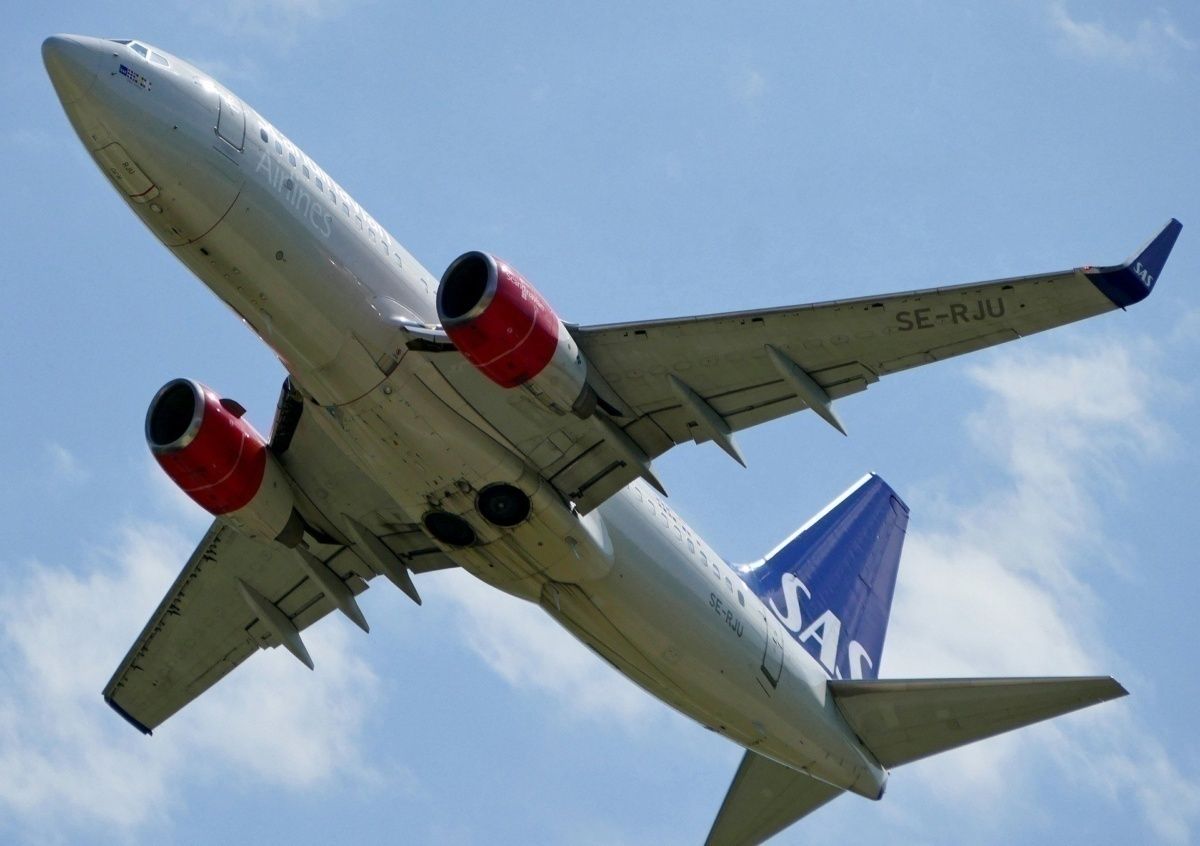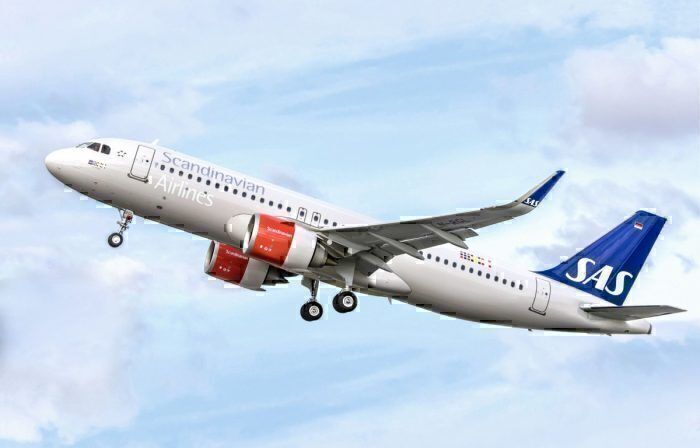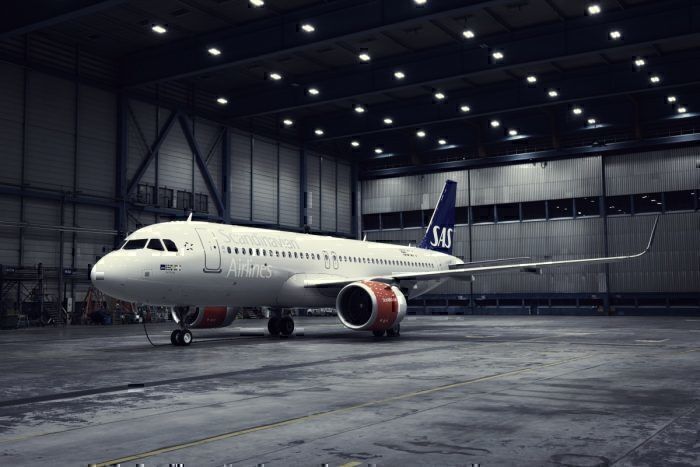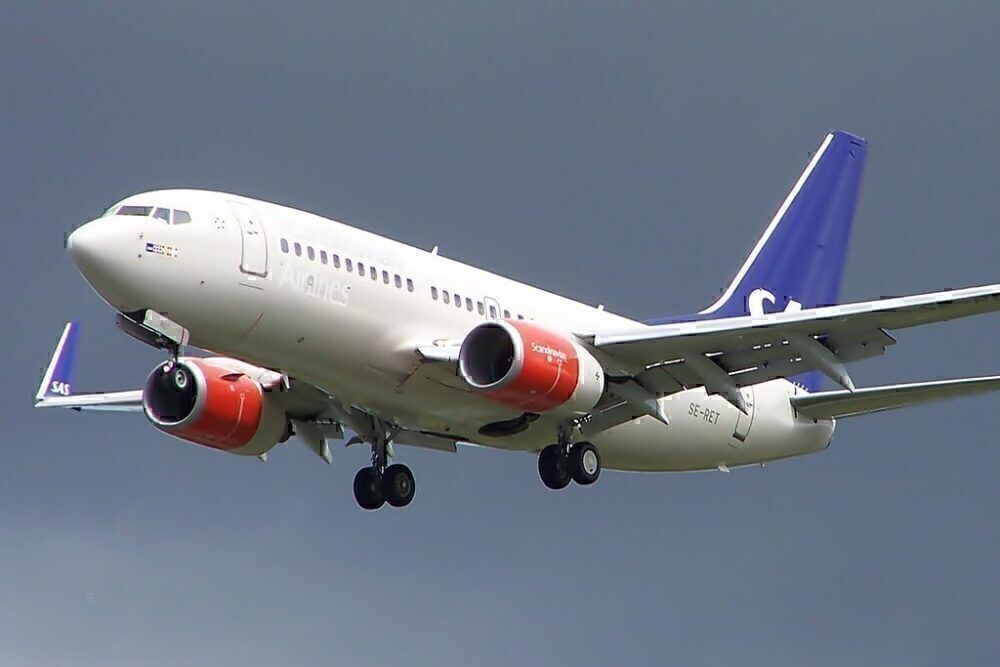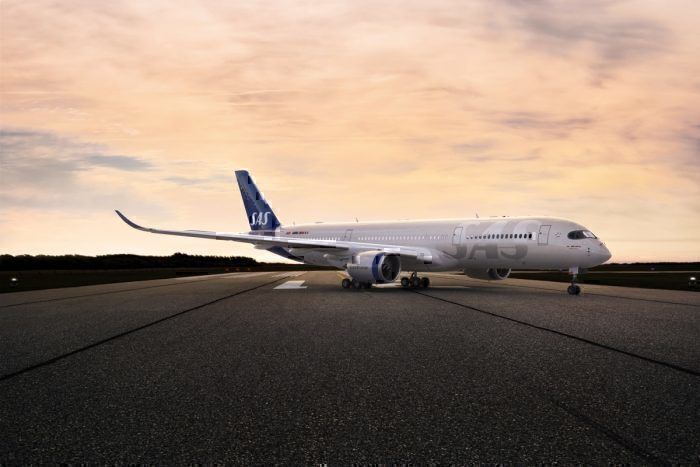Scandinavian Airlines (SAS) has mooted an expedited retirement of its remaining Boeing 737s amid the COVID-related downturn in travel. With demand not anticipated to return to 2019 levels until after 2022, the airline is making plans to become an all-Airbus operator, perhaps sooner than it expected.
SAS could become all-Airbus sooner than expected
SAS has always planned to eventually become an all-Airbus operator. However, the pressures of the coronavirus crisis may drive the airline to achieve this goal much faster than originally anticipated.
Rickard Gustafson, President and CEO of SAS explained during the quarterly results presentation yesterday,
"We are working intensely trying to right-size our fleet by doing two things. Trying to delay some of the deliveries of new incoming aircraft while hoping to deploy them later on when demand is back again. At the same time, we're looking into how we can accelerate the phase-out of some of our older aircraft.
"There are two benefits to this. Firstly, that we're trying to drop to free fleet size to match demand during the ramp-up. And secondly, through doing this, we might be able to reach a one type fleet faster than we anticipated before the crisis."
Operating a one-manufacturer fleet, particularly of the Airbus types, has many financial benefits for airlines. Not only will they save costs by having a younger fleet overall, but it will also simplify the tooling, spares and employee specialisms required to keep that fleet in the air.
When will the 737s leave?
SAS has always planned to phase out the 737s over time, although previously, this was projected to happen by 2023. Simple Flying asked during the conference call just how quickly we could expect to see the 737s phased out. SAS responded,
"Our aim has been to have a single fleet type in 2023 for some time. The current situation can possibly increase the speed of that transition through earlier phase-out of older aircraft (Boeings)."
When pressed on a timeline for the phase-out, we were told,
"There is no set timeline, but our efforts to right-size and adjust our operations together with the ongoing fleet renewal could mean a faster retirement plan. However, we are still in the very early stages of reopening routes and it is too early to tell."
SAS has already begun to ramp up some of its flying, doubling capacity in June to operate around 30 aircraft. That's still a far cry from the levels seen in 2019, and the airline is under no illusions that it's not out of the woods yet. Gustafson said,
"We are not naive; we know that demand will not be back … we need to manage through a very challenging 2020 and 2021."
A lot of 737s to retire
According to Planespotters, SAS has a total of 47 Boeing 737s in its fleet. All of these are the NG variety, split between 21 737-700s and 26 737-800s. It retired the last of its 737-600s last year.
Of the two remaining types, the -700s are the oldest. The average age of the fleet is over 17 years, although a few are more than 20 years old. 12 are reported to be stored at present, while nine remain operational.
The -800s have a lower average age of 13.8 years across the 26 aircraft. However, half the fleet is over the age of 15, and only eight are under 10 years of age. 19 are noted by Planespotters to be in storage, while seven remain operational.
It's a large number of aircraft to retire, but with the more efficient and much younger A320neo prolific in its fleet (39 delivered and more arriving this year), it would make sense to bring back these aircraft first and to leave the 737s in storage until that capacity is needed.
Depending on how demand returns, it could even be that the 737s will barely operate for SAS ever again. SAS predicted a slow ramp-up through 2020 and 2021, reaching around 60 – 70% of 2019 levels by the end of 2021. Even by the end of 2022, it didn't expect to see a full 100% recovery, which could see the 737s phased out much more quickly than expected.
Aircraft deferrals
As Gustafson said, SAS has already arranged for the deferrals of four A320neos from 2022 to 2024. The airline is also in discussion with Airbus about further aircraft deferrals. At the moment, the airline is looking to receive 49 new aircraft over the next four years.
During 2020, it is expecting to receive one new A350, three A320neo and one A321LR. In 2021, it will take four A350s, three A320neos and one A321LR. 2022 will see the arrival of one A321LR and 12 A320neos, four less than previously anticipated, while in 2023, it will receive an impressive 17 A320neos.
The four deferred A320neos are now included in the 2024 arrivals count, taking that year's delivery expectations to a total of six aircraft, all A320neo.
While the airline didn't specify which additional aircraft they are looking to defer, they would likely prefer not to receive four new A350s in 2021. Long haul travel is expected to be the last to recover, and while these efficient aircraft will be a welcome addition to the fleet long-term, next year may be better suited to the lower capacity of the nine A330s in its fleet.
Do you think we'll see SAS become an all-Airbus airline sooner than expected? Let us know in the comments.

